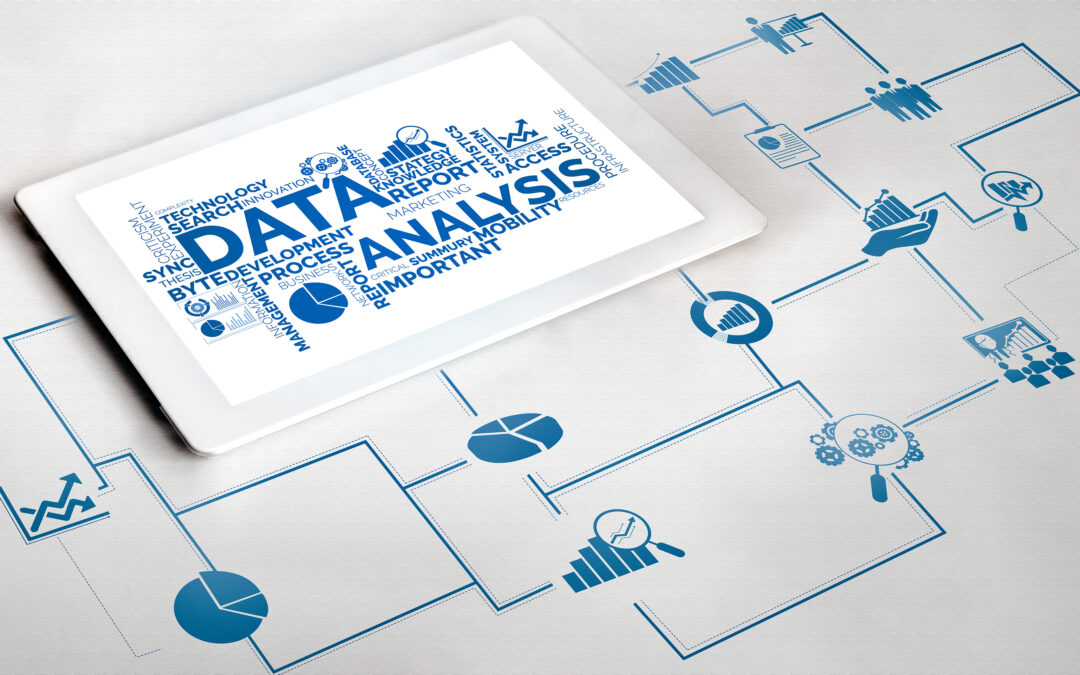Exploring the Value of Reach and Impressions
In the ever-evolving landscape of digital marketing, it’s crucial for marketers to understand and leverage the concepts of reach and impression effectively. While these terms may seem interchangeable, they represent distinct measurements that play a vital role in assessing the success of marketing campaigns. In this blog post, we will delve into the difference between reach and impression, explore the value of digital impressions, and discuss what it means for digital marketers.
Defining Reach and Impression
Reach and impression are two fundamental metrics used to evaluate the performance and effectiveness of marketing efforts. Understanding their definitions and implications is essential for devising and executing successful digital marketing strategies.
Reach refers to the total number of unique individuals who are exposed to a particular message or campaign. It measures the breadth of the audience and provides an estimate of the potential size of the target market. Reach signifies the maximum number of people who could have seen the content, regardless of whether they engaged with it or not.
On the other hand, impressions measure the number of times an ad or content is displayed, irrespective of whether it is clicked on or not. Impressions represent the frequency with which an ad is delivered to an audience. Each time an ad appears on a user’s screen, it counts as one impression.
The Value of Digital Impressions
While reach provides insights into the potential audience size, impressions offer a deeper understanding of the actual visibility and exposure a campaign receives. Here are some key reasons why digital impressions hold significant value for digital marketers:
- Brand Visibility and Awareness: Impressions directly contribute to building brand visibility and increasing brand awareness. The more impressions an ad generates, the greater the likelihood of users becoming familiar with the brand, even if they don’t immediately engage with the content. Consistent exposure to the brand message enhances brand recall and can influence future purchase decisions.
- Ad Performance Optimization: Impressions play a crucial role in optimizing ad performance. By analyzing impressions alongside other metrics such as click-through rates (CTR), conversion rates, and engagement, marketers can refine their campaigns and make data-driven decisions. Tracking impressions helps identify patterns and trends, enabling marketers to adjust targeting, messaging, and creative elements for improved results.
- Competitive Analysis: Comparing impressions across different campaigns or even against competitors’ campaigns provides valuable insights. It helps marketers gauge the effectiveness of their marketing strategies, identify industry benchmarks, and adjust their approach accordingly. Monitoring impressions allows for a comprehensive analysis of market share and positioning.
- Cost Efficiency: Evaluating impressions enables marketers to assess the cost-efficiency of campaigns. By analyzing the cost per impression (CPI), marketers can determine the value they derive from their investments. Understanding the relationship between impressions and conversions helps optimize budget allocation and identify areas where improvements can be made to maximize ROI.
- Audience Targeting Refinement: Impressions provide data about the audiences that are being reached, allowing marketers to refine their targeting efforts. By analyzing impressions, marketers can identify demographic information, geographic locations, or specific segments that are more receptive to their messaging. This information helps tailor future campaigns to reach the most relevant audience.
Conclusion
In the digital marketing realm, reach and impressions are both valuable metrics, but they offer distinct insights into the effectiveness of marketing campaigns. While reach measures the potential audience size, impressions quantify the actual exposure and visibility of a campaign. Understanding the value of digital impressions enables marketers to optimize their strategies, enhance brand visibility, refine targeting efforts, and make data-driven decisions.
To thrive in the digital landscape, marketers must strike a balance between reach and impressions, ensuring that their campaigns not only reach a significant audience but also make a lasting impact. By leveraging the power of digital impressions, marketers can position their brands effectively, increase awareness, and drive meaningful engagement with their target audience.

